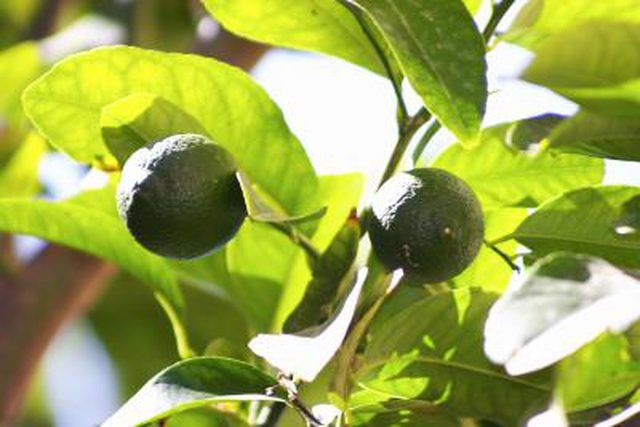Bulbs
Flower Basics
Flower Beds & Specialty Gardens
Flower Garden
Garden Furniture
Garden Gnomes
Garden Seeds
Garden Sheds
Garden Statues
Garden Tools & Supplies
Gardening Basics
Green & Organic
Groundcovers & Vines
Growing Annuals
Growing Basil
Growing Beans
Growing Berries
Growing Blueberries
Growing Cactus
Growing Corn
Growing Cotton
Growing Edibles
Growing Flowers
Growing Garlic
Growing Grapes
Growing Grass
Growing Herbs
Growing Jasmine
Growing Mint
Growing Mushrooms
Orchids
Growing Peanuts
Growing Perennials
Growing Plants
Growing Rosemary
Growing Roses
Growing Strawberries
Growing Sunflowers
Growing Thyme
Growing Tomatoes
Growing Tulips
Growing Vegetables
Herb Basics
Herb Garden
Indoor Growing
Landscaping Basics
Landscaping Patios
Landscaping Plants
Landscaping Shrubs
Landscaping Trees
Landscaping Walks & Pathways
Lawn Basics
Lawn Maintenance
Lawn Mowers
Lawn Ornaments
Lawn Planting
Lawn Tools
Outdoor Growing
Overall Landscape Planning
Pests, Weeds & Problems
Plant Basics
Rock Garden
Rose Garden
Shrubs
Soil
Specialty Gardens
Trees
Vegetable Garden
Yard Maintenance
How to Revive a Dying Citrus Tree
How to Revive a Dying Citrus Tree. Before you can set about saving your citrus tree, you need to determine why the tree is ailing. There are many reasons the tree might be ill, including insect infestation, disease, lack of general care and improper growing conditions. An ailment that affects one type of citrus will not necessarily affect another...

Before you can set about saving your citrus tree, you need to determine why the tree is ailing. There are many reasons the tree might be ill, including insect infestation, disease, lack of general care and improper growing conditions. An ailment that affects one type of citrus will not necessarily affect another citrus species. If after inspecting your tree carefully and taking measures to correct the problem it still does not recover, you might need to call a specialist or remove the tree and replace it with a new one.
Remove grass and weeds from around the base of the citrus tree. Excess greenery can harbor insects and take nutrients and water from the tree.
Remove shrubs and shade-casting plants from the area of the citrus tree. Citrus trees need full sun to thrive.
Prune the tree. Remove suckers, found in areas such as under grafting scars and around the base of the tree; they take the water and nutrients from the tree but do not produce fruit.
Water your tree well. Citrus plants need plenty of water, especially in the summer.
Improve the drainage around the citrus tree if the soil is retaining water. Citrus trees need good drainage or they will suffer from root rot and other fungal infections.
Mulch around the base of the tree to keep weeds down, but do not mulch right up against the trunk because this can cause collar rot.
Apply fungicide if you see signs that your tree has a lesion. Lesions can be caused by an injury to the tree and create a place for fungus to enter.
Dig composted cow or horse manure into the ground at the base of the tree. The manure will enrich nutrients and provide better drainage for the tree.
Fertilize the tree with fertilizers formulated for citrus trees in late summer and late winter. Water the tree well before and after fertilizing to avoid burning the roots.
Treat any disease you find on your citrus tree with the correct treatment. For example, brown rot causes the ripe or ripening fruit to decay and part of the treatment is to remove the affected fruit and prune low-hanging branches.
Inspect your citrus tree and its fruit for damage by insects. Implement the correct treatment for insects on your tree. For example, use the natural predator trichogramma platneri to control the insect amrobia.